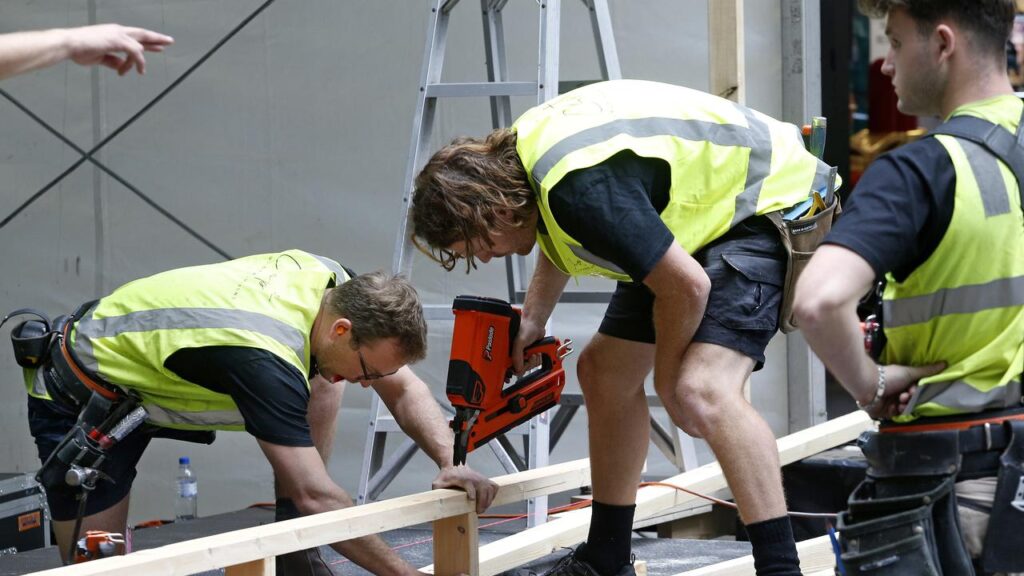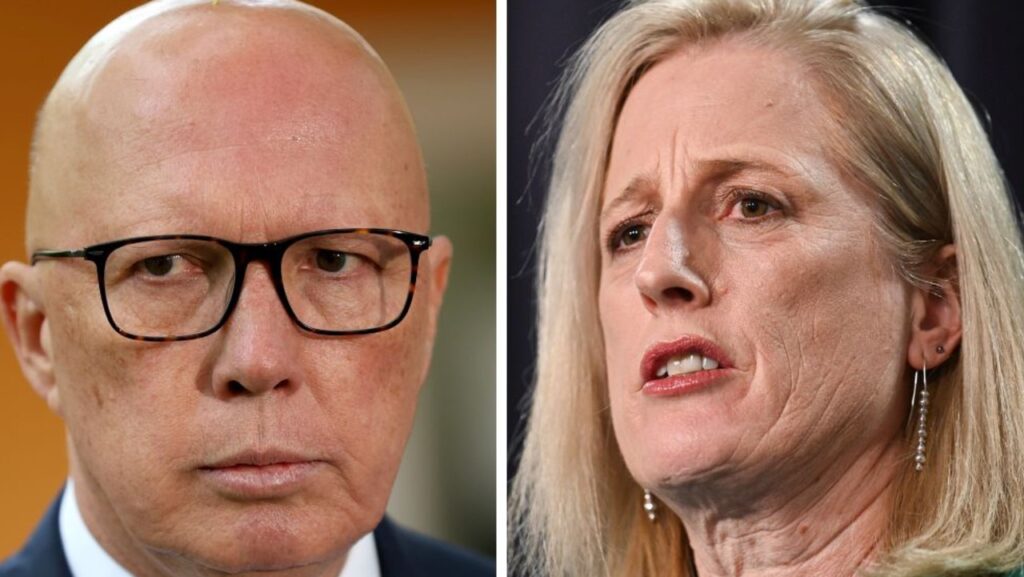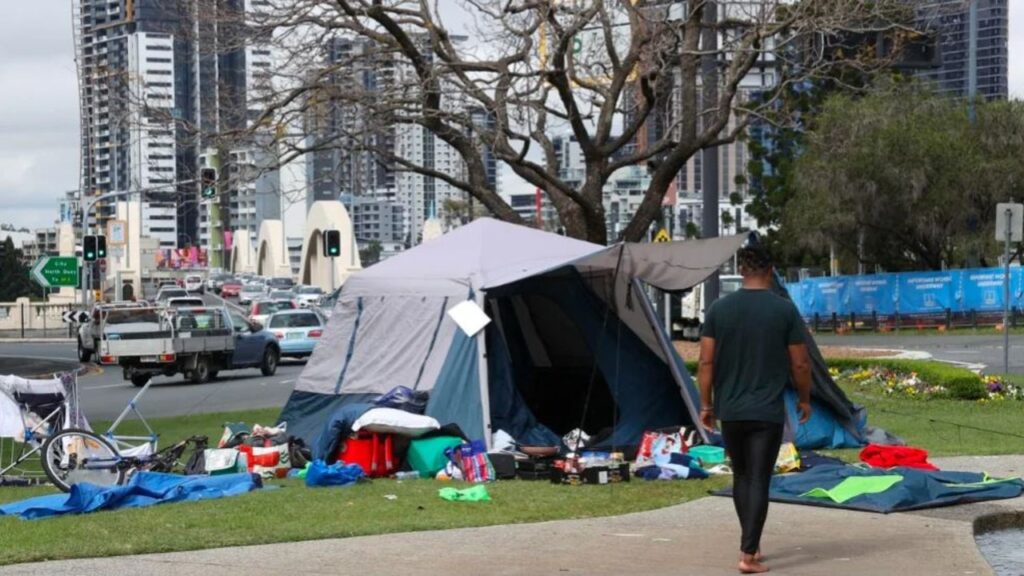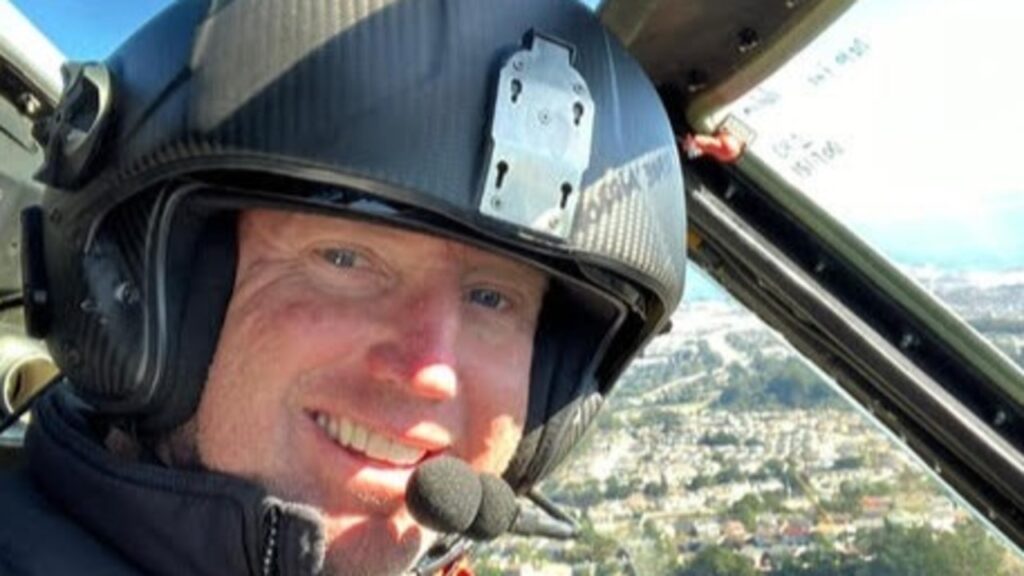Libs gender target falls short
Written by admin on May 10, 2024
The NSW Liberals have quietly endorsed a 40 per cent preselection target for women candidates at the next federal election, despite a vocal push from senior leaders for that target to be 50 per cent.
It can be revealed the state executive adopted a 40 per cent target due by the 2025 federal election ahead of a general meeting in February.
The decision has not yet been made public and was made after consultation with Opposition Leader Peter Dutton and NSW Women’s Council President Berenice Walker.
Former prime minister Scott Morrison had pushed for a 50 per cent target for NSW in the lead-up to the 2022 federal election but it was later reset to a more “realistic” 40 per cent, multiple party sources confirmed.
Ms Walker said the state branch was on track to meet and exceed its gender target ahead of the next election.
“It’s something that’s definitely been prioritised and we’ve been working on it,” Ms Walker said.
“But it’s great that people are still talking about it at the same time because what gets what gets talked about and what gets measured gets managed.
“And I say that in a positive context because we are making great steps in that direction.”
The Liberal Party has just nine women in the lower house, including Deputy Leader Sussan Ley, and two Nationals MPs out of 56 MPs. Ten women represent the Liberals in the Senate, while the Nationals have four out of 31 Coalition senators.
A post-election review after the Liberals’ loss at the 2022 election put forward a target for 50 per cent of women in the federal parliament by 2032.
It recommended the party adopt 50 per cent female representation targets across Liberal branches and the executive within a decade.
With federal preselections underway, nine women so far have been picked for Liberal seats, compared to 18 men.
Katie Allen has been chosen to recontest Higgins after she lost it to Labor in 2022. Amelia Hamer and Gisele Kapterian will contest the now-teal seats of Kooyong and North Sydney. Former Adelaide MP Nicolle Flint, who quit in 2021 citing a “sexist” Canberra culture, will return to contest the marginal seat of Boothby.
A senior Liberal figure, who spoke on the condition of anonymity, said many women were reluctant to put themselves forward for preselection because of an internal party culture that often favours men.
“A lot of women don’t think they’ll get picked and a lot of the time they won’t put their hand up and when they do nominate, a man gets picked over them,” they said.
“I think it’s starting to build and there are some great women supporters in the party, but we need more people standing up and advocating for and promoting good women when they do stick their necks out.”
Charlotte Mortlock, the founder of Hilma’s Network which aims to grow the number of women in Liberal politics, said for decades members and divisions had tried and failed to fix gender representation through set targets.
“It was a shame we wasted multiple Senate opportunities last year where we could have really moved the dial on female representation,” she said.
“Now, the focus for women must be on winnable seats and I look forward to all divisions being supportive of women in those preselections.
Deputy Liberal leader Sussan Ley, who has long been on the record of calling for a 50 per cent target, has previously said the lack of gender parity in the Liberal Party was “not acceptable” arguing “many more women” needed to enter parliament.
She said she was pleased to see NSW “getting on with the job of preselecting quality candidates ahead of the next federal election.”
“We have a really fantastic group of women already endorsed in seats we don’t hold,” Ms Ley said.
Waverley councillor Sally Betts, who has been a member of the Liberal Party for more than 40 years, said: “I’m really happy and supportive of a fifty per cent target in NSW.”
The federal Labor caucus has more women than men, with 55 women in the 104 member caucus, or 53 per cent, after introducing quotas at the 1994 national conference.







